Curious what to do about alkaline soil? This can be a tough one - but I've got some advice and tricks for dealing with dirt that's a bit too basic.
a common issue we have here in the Sonoran Desert It's soil that is highly alkaline. In Southern Arizona, our soil is often at a pH of 8.0, 8.5, or even higher.
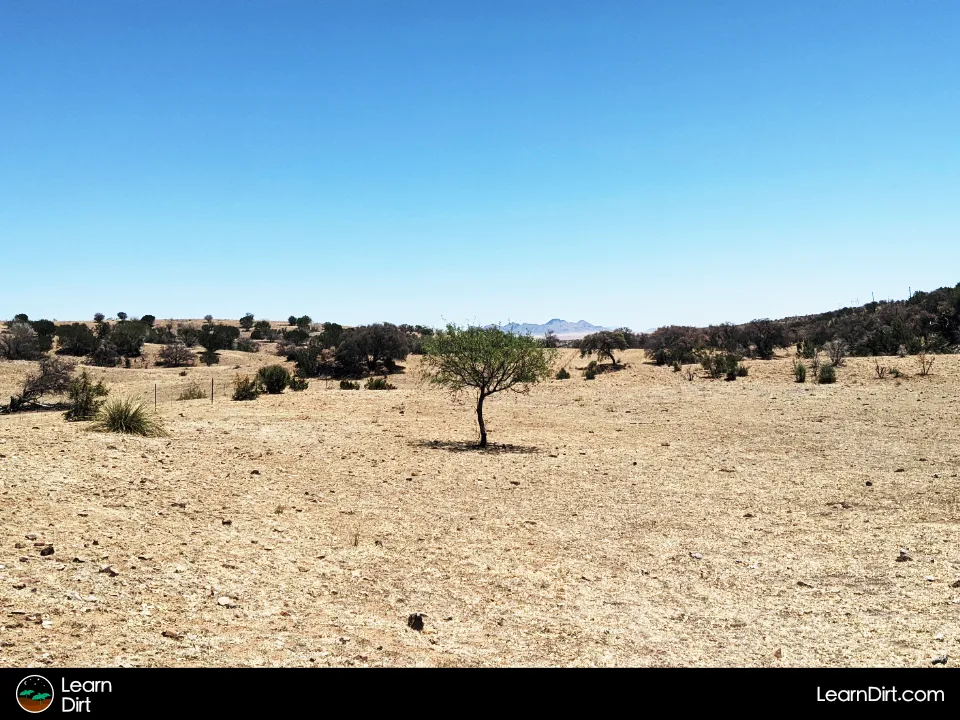
When starting a new bed recently, I tested my soil at a 9.25 pH. Native desert plants grow fine in these highly alkaline soils, but most vegetables and herbs that you would want to grow for food prefer much lower pH levels - closer to 6.0 to 7.5.
Why Does Soil pH Matter?
Soil pH is a crucial component to get right, because each macro and micronutrient is only available to the plant within a certain pH range.
Disclaimer: This post may contain affiliate links. Refer to the privacy policy for more information.
When soil is too alkaline, many of the nutrients that your plants need will be locked out, leaving plants deficient and unable to absorb nutrients that may be readily available in your soil.
An incorrect soil pH range can therefore present itself as any number of deficiencies in your plants and leave you scratching your head as to what the problem is.
For instance, your plants may be showing chlorosis, a sign of iron deficiency even when there is enough iron in the soil for your plants to use. If your soil is too alkaline though, it will lock that iron out and prevent your plants from being able to uptake it.
This is why correcting your soil pH should be a higher priority than reacting to each deficiency that may present itself.
How to Adjust Alkaline Soil
Tap water in southern Arizona is often very alkaline as well - the drip lines in my local community garden tested above an 8.5 pH.
It's worth noting that most city water tends to drift in pH over time, so re-testing every few months is necessary if you intent to adjust the water.
That means that even once you get your soil to the proper acidity level, your water may be constantly pulling your pH back up to the alkaline side.
To counteract this, you'll need to do a lot to find and maintain the proper pH level for your desert soil.
With reservoir-based irrigation systems, you have the luxury of being able to pH your water before it reaches your plants. In this case you can add white vinegar to your water to correct the pH, therefore avoiding the issue of your soil constantly becoming alkaline again.
Unfortunately this is not an option for irrigation systems without reservoirs, and both city and well water are likely to be affected by the alkaline soils before being pumped up above ground. If you harvest rainwater, however, that should have the more neutral pH which won't pull your soil alkalinity up.
That's important to keep in mind that soil pH is change slowly over time, and is very difficult to adjust rapidly.
Therefore, it's prudent to begin adjusting your soil pH at least 6 months prior to planting if you have the time. It can often take years to acidify desert soil, so bear that in mind when preparing your soil.
While you can spray white vinegar on your soil to immediately decrease pH, it's rapidly broken down and not a lasting solution. The best way I've identified of adjusting your soil over time is with Elemental Sulfur.
Understand though that elemental sulfur can take months or years as it breaks down to acidify your soil. Organics are often slow but completely worth it - get ahead of things and be patient with slow-working organic acidifiers and amendments.
Note - I do not recommend ammonium sulfate nor ammonium phosphate, neither of which are rated for organic gardens. It's Important to understand that these ammonium forms of nitrogen can seep into groundwater and contaminate it. This is especially true if applied to unplanted soil, or prior to a rainy season.
In southern Arizona with our extremely alkaline soil, a common approach is to apply elemental sulfur to garden beds every 6 months until the microbiome has stabilized and can regulate its own pH.
Package directions and common application instructions on these products will likely suggest doses that are for too low for our heavily alkaline soil. I know of gardeners here who are having good success applying 5 lbs elemental sulfur in 60 ft² beds, every 6 months.
The best approach to applying elemental sulfur is to mix it into your soil, however this may not be an option for established shrubs, trees, or living soil beds where no-till is being practiced.
In these cases, it's okay to apply it to the soil surface, watering them in and allowing them to sink down over time as they are broken down by bacteria.
One thing to note with surface applications is that the top couple inches of soil will acidify first, and you may still notice signs of pH issues on parts of your plants where the roots are deeper than that.
Over time, this will correct with repeated applications and patience.
keep in mind that it could take two or more years for these applications to adjust your soil pH, so it's important to plan ahead where possible.
While elemental sulfur can be applied in the fall to prepare for a spring planting, it's often unadvisable to apply the ammonium forms of nitrogen to follow soil before winter rains.
Buffering Soil Alkalinity Naturally
Ultimately, nothing will buffer your soil pH better than building high quality soil over time.
A thriving microbiome will regulate your soil pH and greatly reduce to pH lockout affects of alkaline soil.
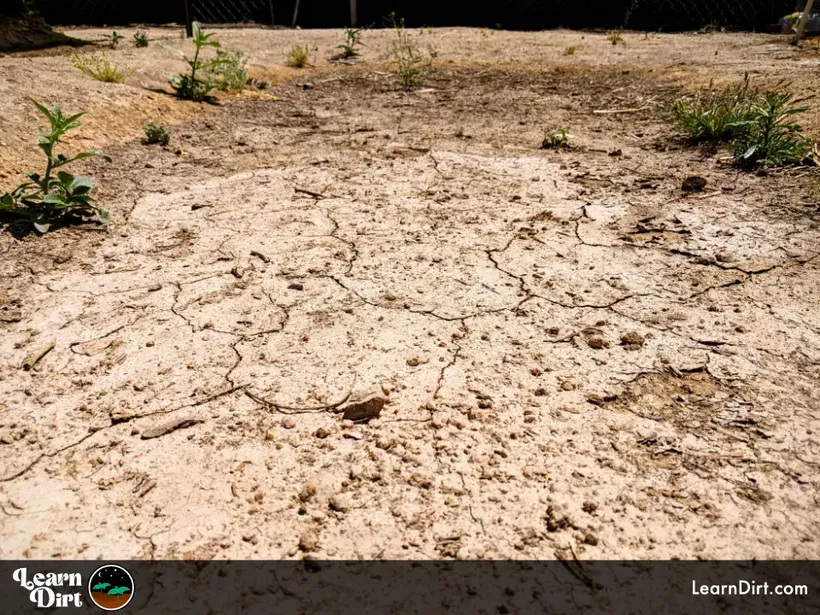






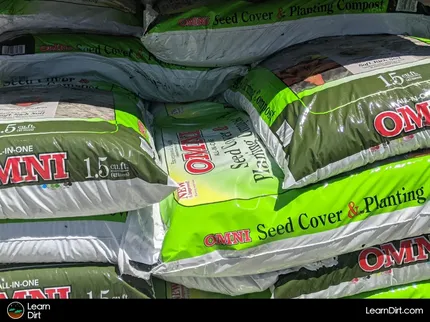
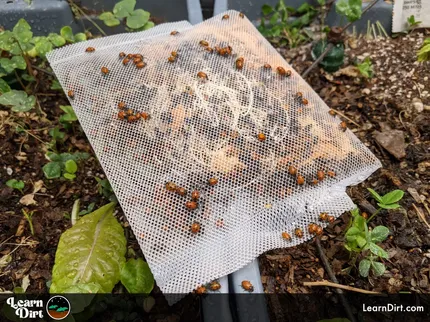
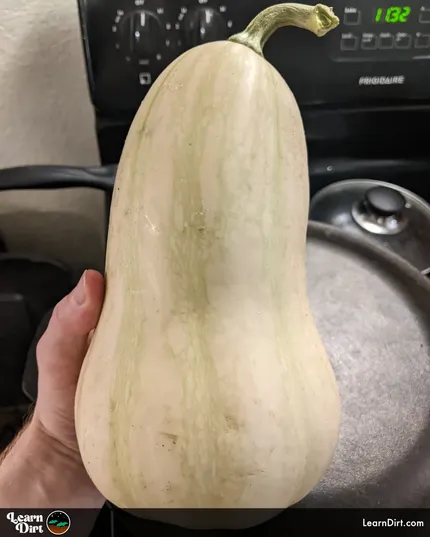
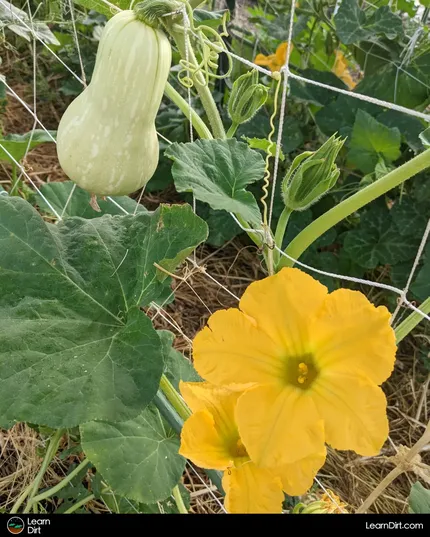

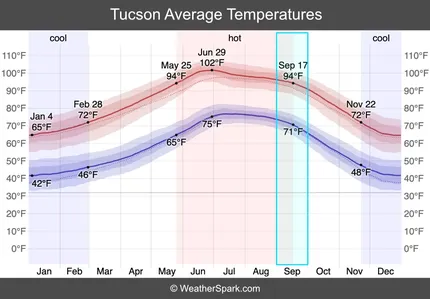
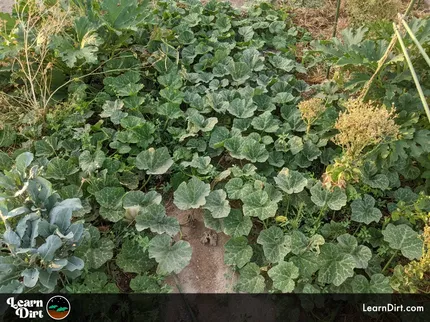
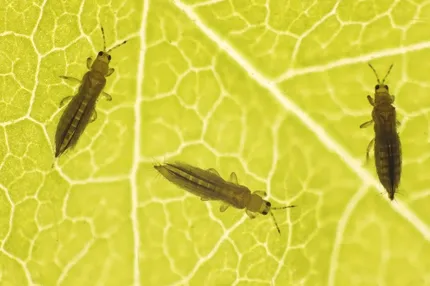
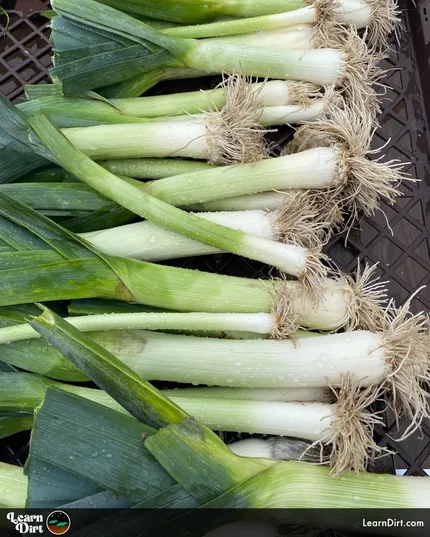

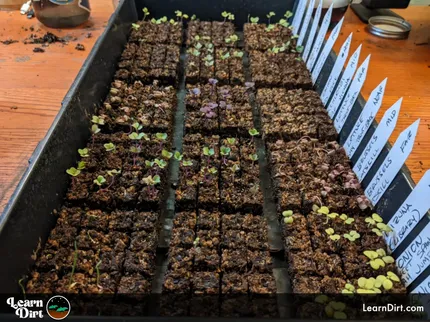

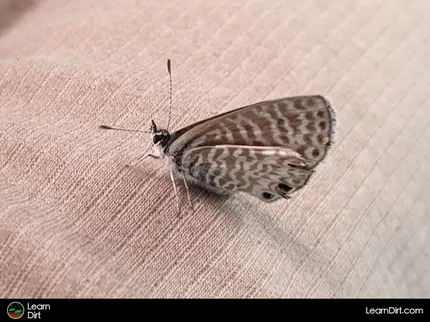
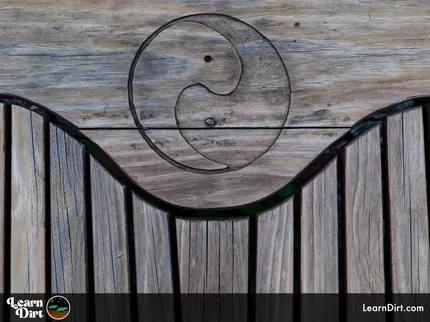
Leave A Comment:
Under construction, please check back soon!